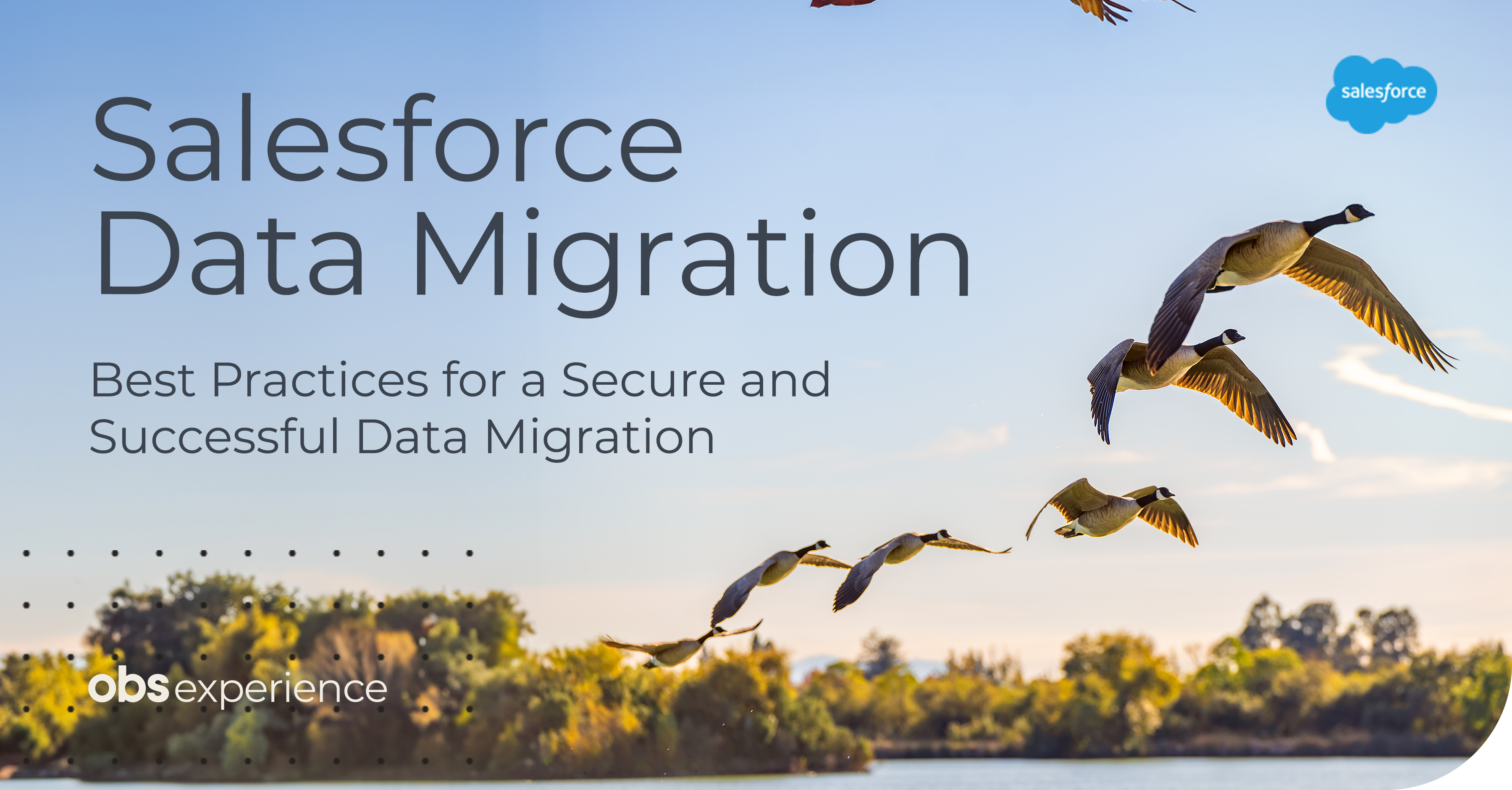Dipanjan Munshi & Jamie Michie
As organizations strive to harness the full potential of their data, the migration of data warehouses from on-premises infrastructure to cloud environments has become a pivotal strategy. The cloud offers unparalleled benefits, such as enhanced scalability, significant cost savings, and improved flexibility, which can transform data analytics capabilities and drive business growth.
Gartner has predicted that by 2026, 75% of organizations will adopt a digital transformation model centered around cloud as the fundamental underlying platform. They also are forecasting a worldwide end-user spending on public cloud services to increase, from $563.6 billion in 2023 to $679 billion in 2024, largely driven by the integration of AI and the scalability provided by cloud infrastructure.
If you have not yet explored the advantages of cloud migration, be sure to read on, as this blog outlines the process and best practices for overcoming common challenges, and provides guidance on analyzing and validating the success of data migration. Additionally, it highlights leading cloud-based data warehouse solutions and discusses future trends in data warehouse architecture and technology.
Why should I move my Data Warehouse to the Cloud?
-SCALABILITY-
One of the most significant benefits of moving a data warehouse to the cloud is scalability. Organizations can quickly scale up or down their computing and storage resources as needed without expensive hardware upgrades, allowing them to respond rapidly to changes in demand and accommodate growing data needs.
In contrast, on-premises data warehouses often struggle with scaling issues due to hardware limitations and the need for significant capital investments in new infrastructure to increase capacity. Companies like Netflix and Airbnb leverage cloud scalability to handle massive amounts of data and user requests efficiently.
-COST-SAVINGS-
By migrating to the cloud, organizations can reduce capital expenses and instead pay for resources on a pay-as-you-go basis. This can lead to significant cost savings, especially for organizations with varying data needs. According to IDC, companies can save an average of 30% on IT costs by migrating to the cloud. The flexibility of cloud pricing models can be particularly advantageous for businesses that experience fluctuating workloads.
-FLEXIBILITY-
The cloud offers unparalleled flexibility, enabling organizations to access their data anywhere and on any device. This improves collaboration and decision-making, particularly for organizations with a distributed workforce or those requiring remote access to data.
Cloud platforms also provide flexibility in terms of integration with various data sources and tools, allowing organizations to quickly adapt to new technologies and business needs without the constraints of on-premises infrastructure.
Connect with our team to learn more about moving from on-prem to the Cloud.
How do I migrate my data warehouse to the cloud?
Migrating a data warehouse from on-premises to the cloud is a complex process but provides an opportunity to modernize and optimize the data warehouse architecture. Key considerations include:
- The size and complexity of the existing data warehouse: This impacts the time and resources needed for migration. Larger and more complex warehouses require more detailed planning and robust migration tools to ensure data integrity and performance.
- The data integration and migration process: This is crucial for maintaining data consistency and minimizing downtime. Effective data integration ensures seamless data flow between systems during and after migration.
- The cloud provider and platform to use: Choosing the right provider and platform affects the data warehouse's overall performance, cost, and capabilities. Different providers offer varying features, compliance options, and support levels. Software-as-a-service (SaaS) platforms like Snowflake and Databricks will have different impacts on the migration process, cost, and ongoing operations compared to platform-as-a-service (PaaS) platforms such as AWS and Azure.
- Data security and compliance requirements: Ensuring that data remains secure and compliant with regulations is essential to avoid legal issues and protect sensitive information. This involves implementing strong encryption, access controls, and regular audits.
- Performance and scalability requirements: Understanding these requirements helps select the appropriate cloud resources and configurations to meet current and future demands, ensuring the data warehouse can handle growing workloads efficiently.
- Budget and resources available: Budget constraints impact the choice of cloud services and migration tools and the ability to hire skilled personnel for the migration. Proper budgeting ensures that the project stays on track without unexpected costs.
The migration process is typically comprised of six phases:
1. Planning
Assess the current data warehouse, define migration goals, and choose the right cloud provider and services. Tools like AWS Migration Evaluator, Azure Migrate, and Snowflake Cloud Data Platform Assessment Tools can help assess the current data warehouse and plan the migration.
2. Target Data Model Design This step is crucial for ensuring that the new cloud data warehouse meets the current and future business needs, especially if using a legacy or homemade custom data warehouse. Mapping out the new data warehouse's structure, relationships, and schema are vital for optimizing performance and scalability. Tools like Erwin and Microsoft Visio, or IBM InfoSphere Data Architect can be used to create detailed data models that align with migration goals and business requirements.
This step is crucial for ensuring that the new cloud data warehouse meets the current and future business needs, especially if using a legacy or homemade custom data warehouse. Mapping out the new data warehouse's structure, relationships, and schema are vital for optimizing performance and scalability. Tools like Erwin and Microsoft Visio, or IBM InfoSphere Data Architect can be used to create detailed data models that align with migration goals and business requirements.
3. Data Extraction
Extract data from the on-premises data warehouse using ETL (Extract, Transform, Load) tools such as AWS Glue, Azure Data Factory, Apache Nifi, Talend, and IBM Data Stage.
4. Data Transformation
Transform the data to fit the schema of the new cloud data warehouse. This may involve reformatting data, data cleansing, and enrichment.
5. Data Loading
Load the transformed data into the cloud data warehouse. Services like AWS Snowball or Azure Data Box can facilitate large data transfers.
6. Thorough Testing Rigorous testing of the migration process and the resulting data is critical to ensure data integrity and performance. Data should be validated before, during, and after migration to ensure consistency and accuracy. For data validation, utilize automated testing frameworks like dbt (data build tool), Great Expectations, Dataform, and Soda SQL.
Rigorous testing of the migration process and the resulting data is critical to ensure data integrity and performance. Data should be validated before, during, and after migration to ensure consistency and accuracy. For data validation, utilize automated testing frameworks like dbt (data build tool), Great Expectations, Dataform, and Soda SQL.
It is also important to have a rollback plan in case of migration failures...
Click here for a comprehensive look at our Data Services Overview.
What can go wrong?
Migrating a data warehouse to the cloud presents several challenges. Some of the critical challenges include:
- Ensuring data security and meeting compliance requirements can be challenging due to different regulations and standards. Implementing robust encryption, access controls, and regular audits to maintain data security and compliance can help mitigate this challenge.
- Integrating existing on-premises systems with new cloud environments can lead to compatibility issues. Most industry-standard data integration tools are built to handle various integrations. Choose your tool to fit your needs carefully and ensure thorough testing to resolve compatibility issues.
- Maintaining performance levels and minimizing latency during and after migration can be difficult. Ensure your data architecture and target data model optimize data storage and access. Invest in some good performance monitoring tools to continuously track and improve performance.
In some instances, the best solution isn't a fully baked EDW and Data Lakes are the right fit.
 A number of United Way agencies came together around a shared goal of increasing donations back to the community.
A number of United Way agencies came together around a shared goal of increasing donations back to the community.
The United Way agencies built a shared solution that allowed them to easily share and access data, while still operating individually on different Microsoft Azure subscriptions.
Online provided experienced consultants to extract data from relevant sources, rearchitect the existing on-premise solution to take advantage of Data Lakes and enable secure collaborate between offices to make better decisions, understand their donors and ultimately increase donations back to the community.

Analyzing and Validating the Success of Data Migration
Post-migration, it is essential to analyze and validate the success of the data migration. This includes monitoring key performance indicators (KPIs) such as query response time and data availability, comparing them to pre-migration benchmarks, and conducting regular audits to ensure compliance with data security requirements. Establishing a baseline for these KPIs before migration can help in accurately measuring the impact of the move. Tools like Power BI or Tableau can be used to visualize these metrics.
-CONTINUOUS OPTIMIZATION-
Cloud migration is an ongoing journey. Organizations should continuously evaluate and adjust their cloud strategies to leverage the latest advancements and stay competitive.
-FUTURE TRENDS IN DATA WAREHOUSE ARCHITECTURE-
The future of data warehouse architecture is evolving towards a more integrated and automated ecosystem. Emerging trends include the adoption of Data Lakehouses, which combine the best features of data lakes and data warehouses, and the increasing use of AI and machine learning for predictive analytics and automated data management.
Gartner predicts that by 2025, 60% of cloud-based data warehouses will incorporate machine learning to optimize and manage data.
Migrating a data warehouse to the cloud can significantly enhance an organization's data analytics capabilities, drive business growth, and maintain a competitive edge. By understanding the benefits, processes, and best practices for overcoming challenges, organizations can successfully navigate the data warehouse transformation journey and fully realize the potential of their data.
As technology continues to advance, staying up-to-date with the latest trends, and continuously optimizing your cloud strategy will be crucial for long-term success.
About the Authors
.jpg?width=172&height=201&name=Dipanjan%20Munshi%20(3).jpg)
Dipanjan Munshi is the Associate Director for Data Services at Online Business Systems. He has over 25 years of IT consulting experience spanning various domains, including insurance, financial services, government, transportation and hospitality. He has managed, designed, and implemented several large-scale data solutions and specializes in driving data strategy, governance, and analytics to support business objectives.
He holds a Masters Degree on Computer Applications from Utkal University, Orissa, India.

Jamie L. Michie is a dynamic marketing leader with over 20 years of driving digital initiatives for clients in various industries, including luxury vehicles, fashion, real estate, and technology. She blends analytical thinking with creative problem-solving to implement effective solutions to key stakeholders, such as Online's Innovation Lab, and the Data, GenAI, and Financial Services teams.
Her passion for technology and learning is also demonstrated through certifications in Advanced Marketing Analytics, Algorithmic Business Thinking, AI Strategy, and Business Process Design at MIT Sloan & MIT CSAIL.
Be sure to connect with Online’s team of Data Service experts for information on how to capitalize on this impressive technology solution.




Submit a Comment